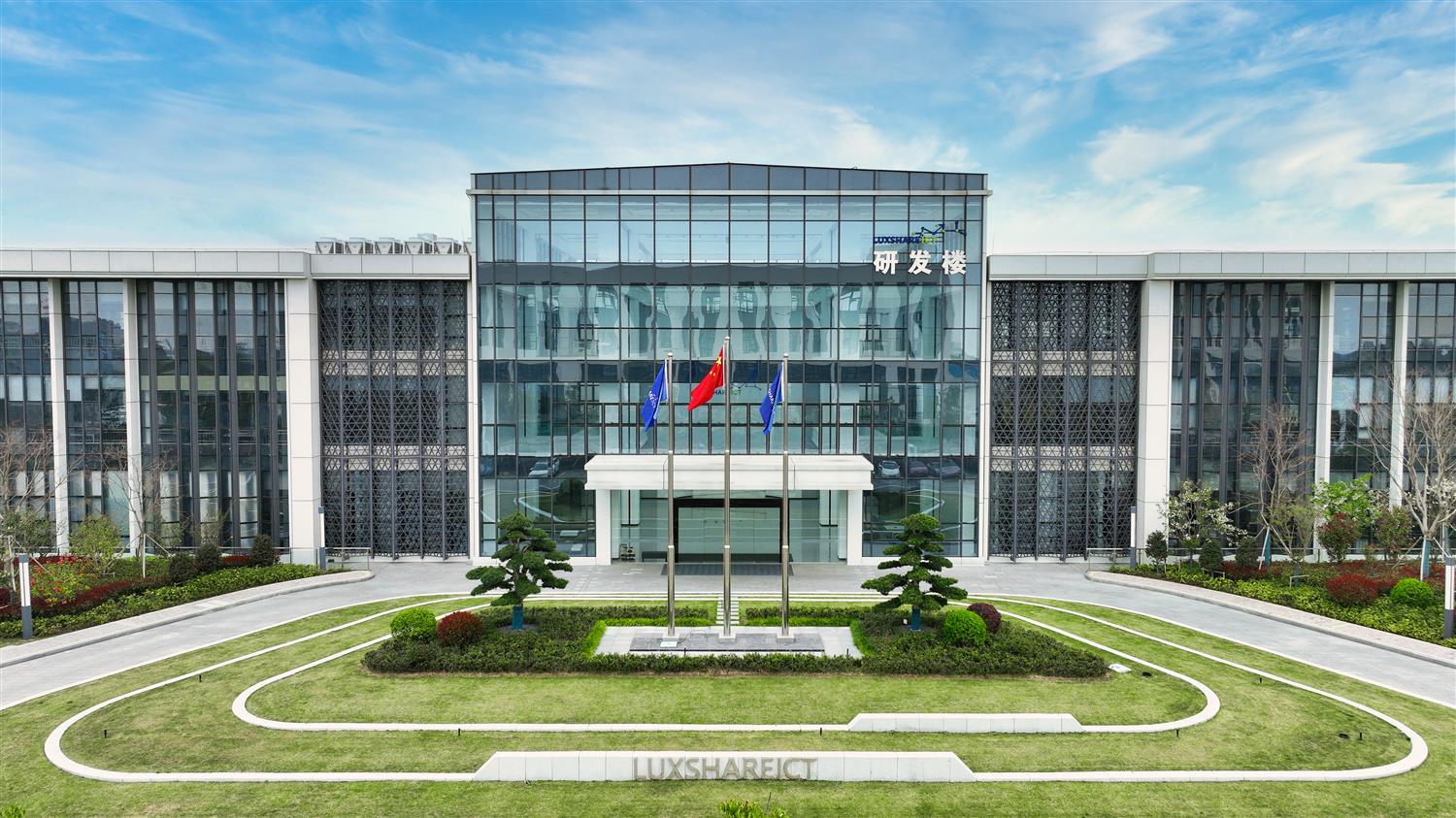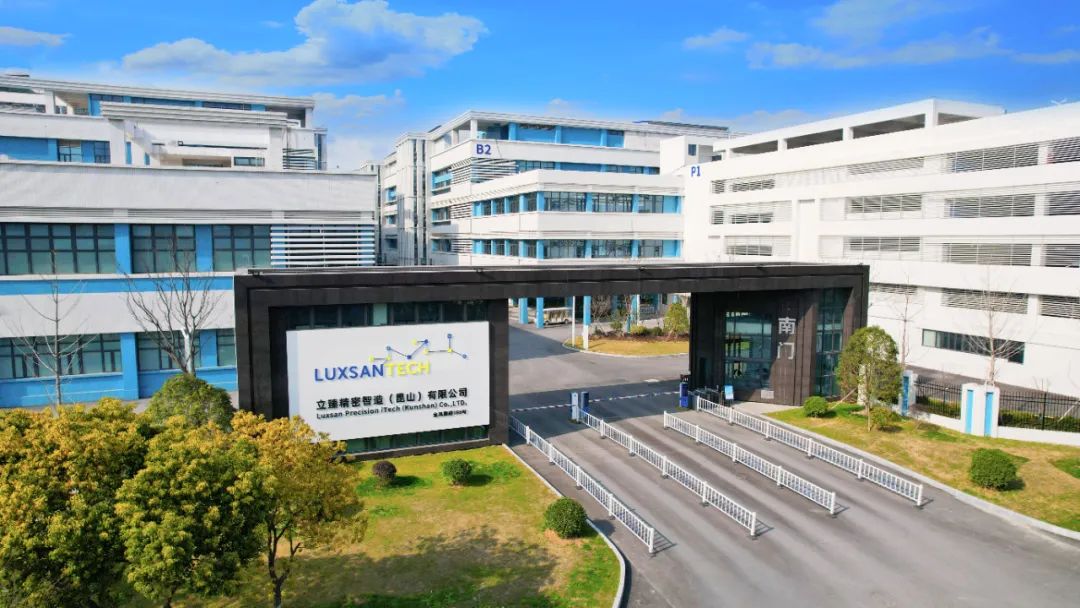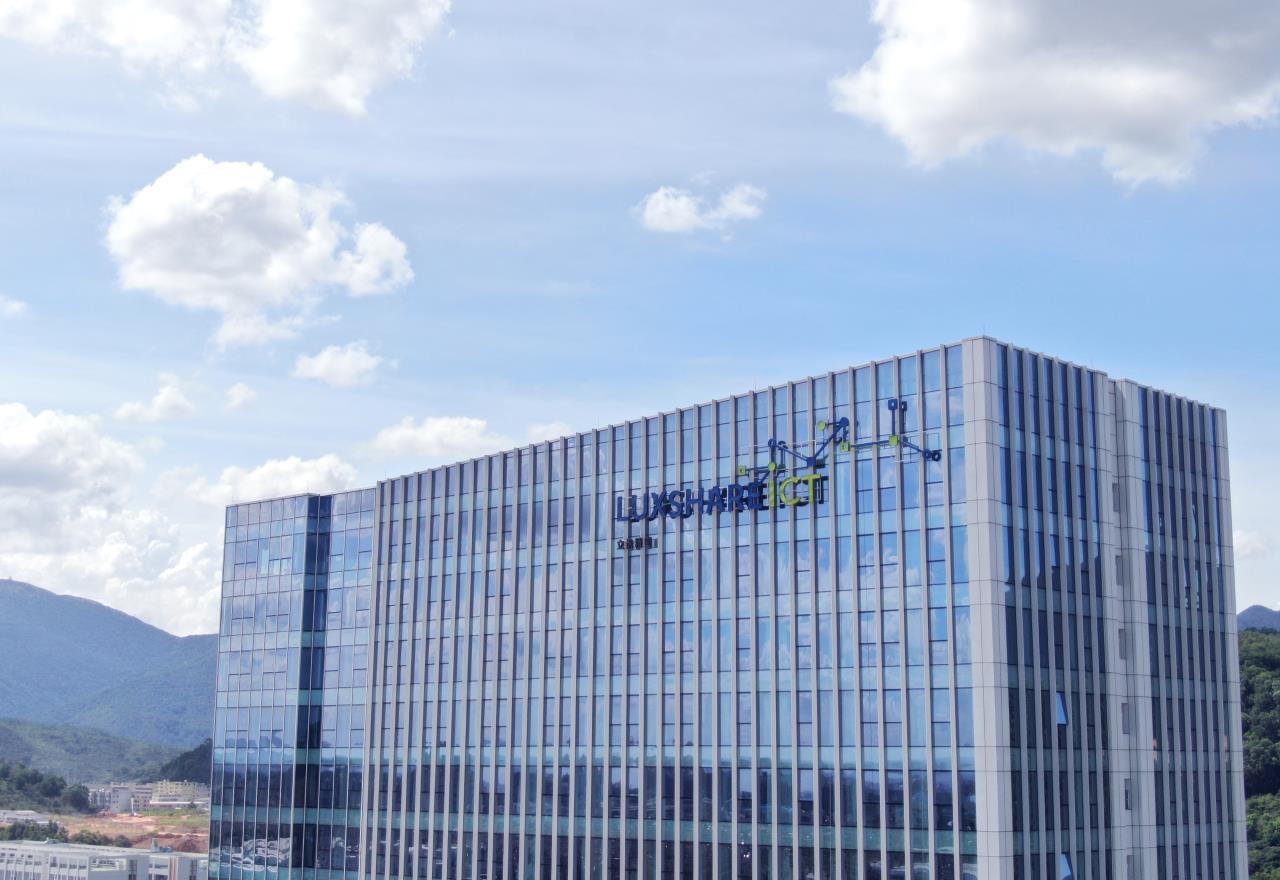Luxshare Shares Supply Chain Environmental Management Practices
立讯精密作为精密制造领军企业,绿色供应链的先行者,可持续发展理念早已融入到业务发展与核心战略中,与供应商携手推进价值链绿色可持续发展也是重要的举措之一。
81.48
Total Possible Score: 1009
Out of 800 total brands3
Out of 77 total brands in the IT/ ICT industry88.00
Total Possible Score: 1004
Out of 831 total brands2
Out of 77 total brands in the IT/ ICT industryThe total score of the company's Corporate ClimateAction CATI Index evaluation is converted by a factor of 20% to Indicator 4.1 of the Green Supply Chain CITI Index.
As carbon hotspots vary from industry to industry, a weighting factor applies across four of the five CATI activity areas: Measurement & Disclosure (15%; Indicator 2.3.1 (6%) does not apply), Carbon Targets Setting (14%), Performance against Carbon Targets (12%) and Climate Action (43%). The default weighting factors for each industry are shown in the CATI Evaluation Guidelines.

Luxshare Precision adheres to an environmentally friendly philosophy and continuously optimizes its green manufacturing system. As of 2024, a total of 14 subsidiaries has obtained UL 2799 certification, and 6 subsidiaries have obtained AWS certification.

In 2024, Luxshare Precision achieved a 51% reduction in Scope 1 & 2 absolute emissions compared to the baseline year, alongside a 22% decrease in Scope 3 emissions per unit of value added, demonstrating significant progress in green and low-carbon transformation.

Luxshare Precision commits to reduce Scope 1&2 GHG emissions 50.4% by 2032 from a 2022 base year. Luxshare Precision also commits to reduce Scope 3 GHG emissions 58.1% per CNY of value added within the same timeframe.

Luxshare Precision adheres to the firm belief in sustainable development and actively responds to global climate actions. We build the Group's sustainable development strategy system around the three dimensions of environment, society and governance, and formulate sustainable development management policies, among which green and low-carbon is the core policy of our environmental management.
Feel free to ask me anything!